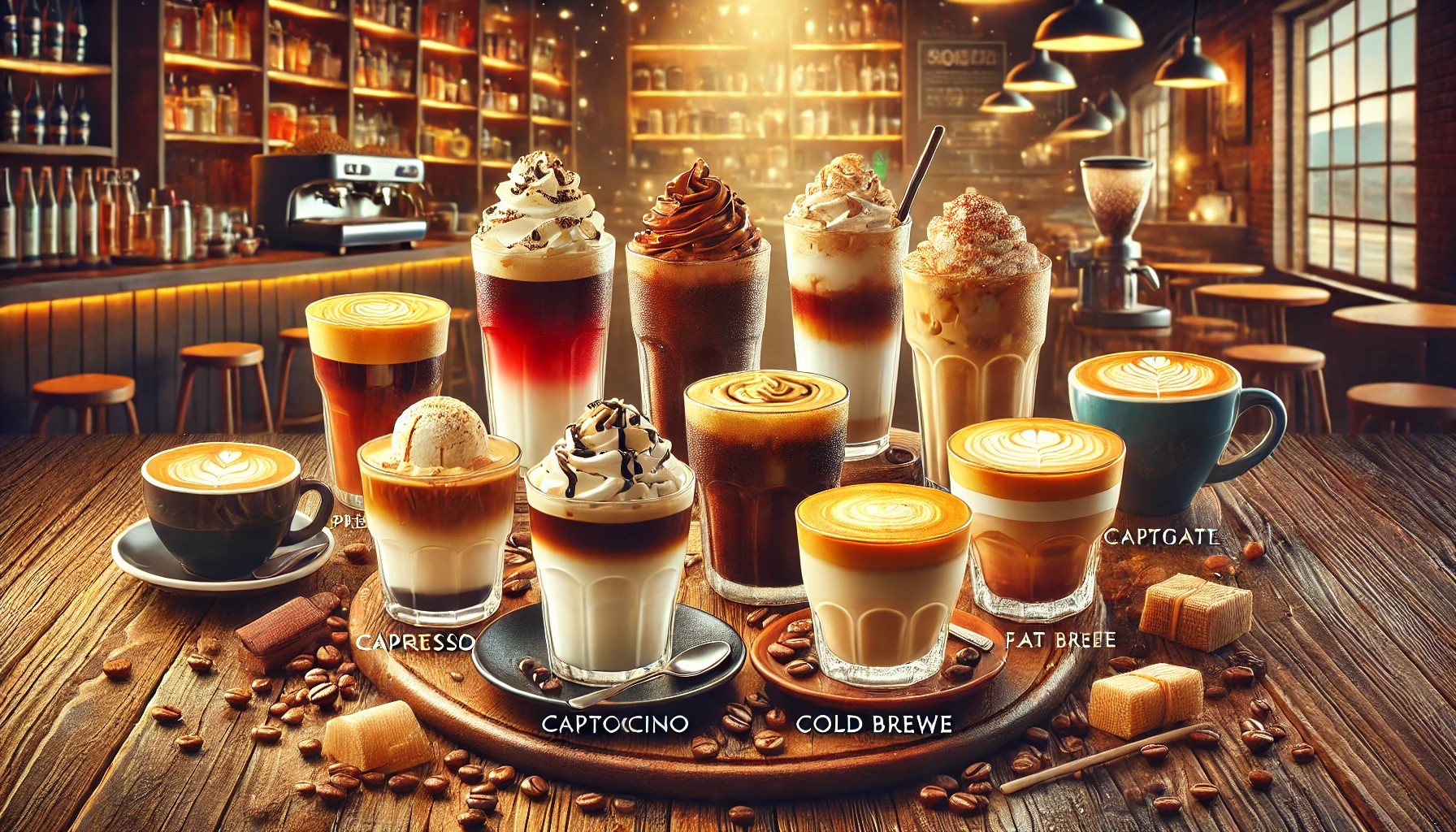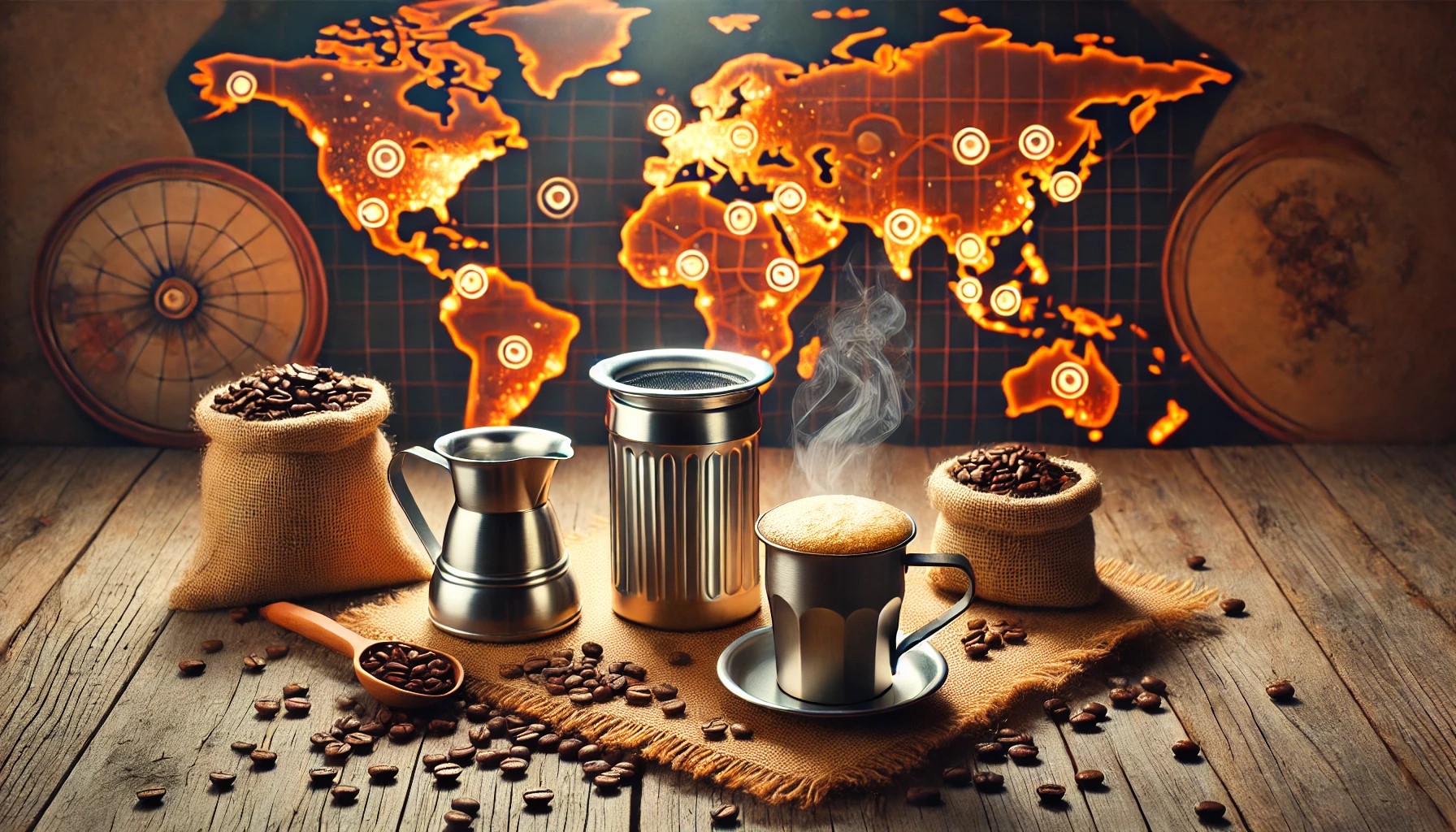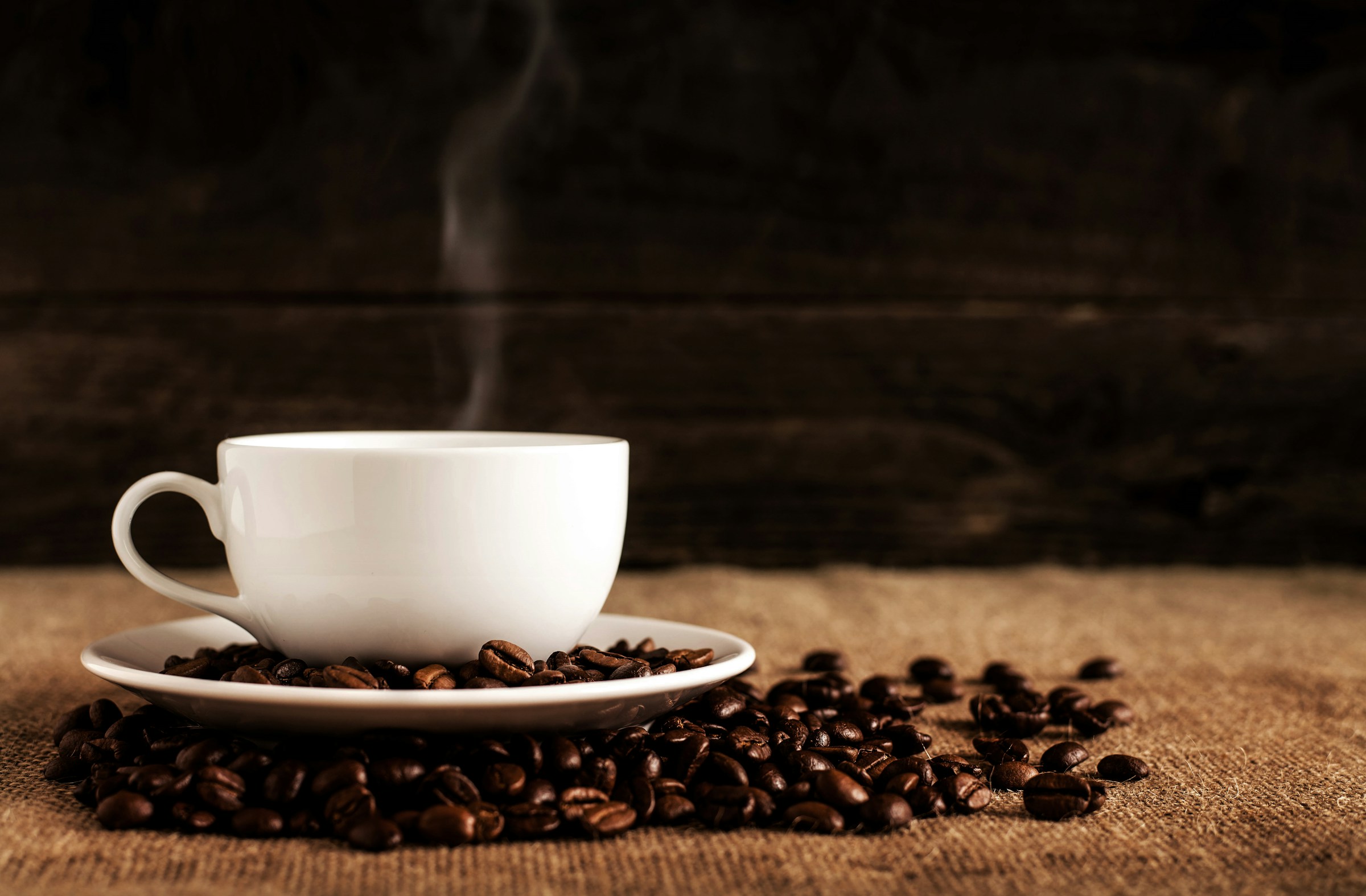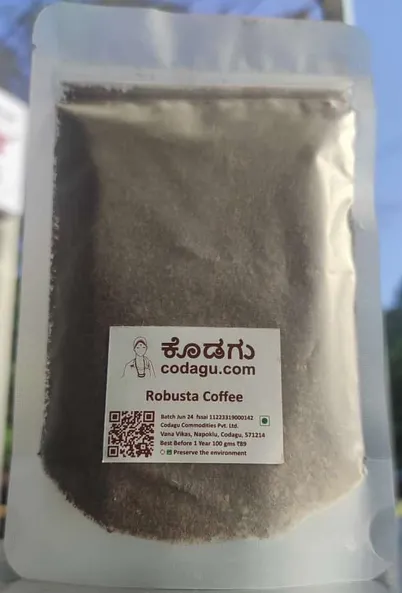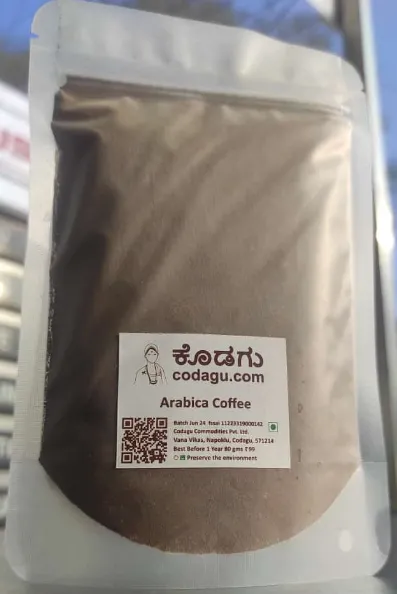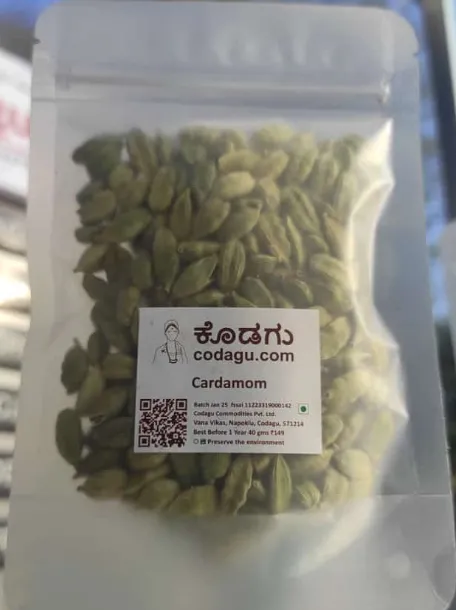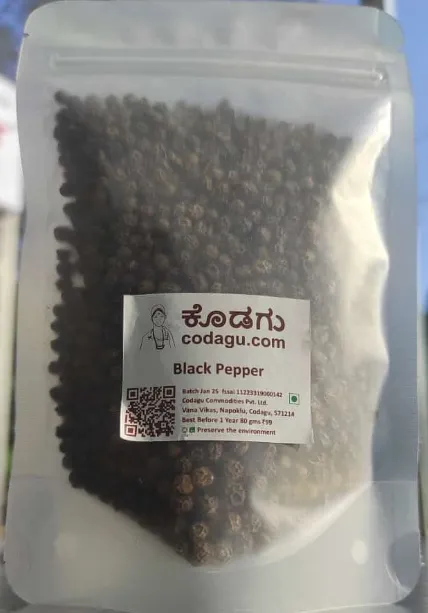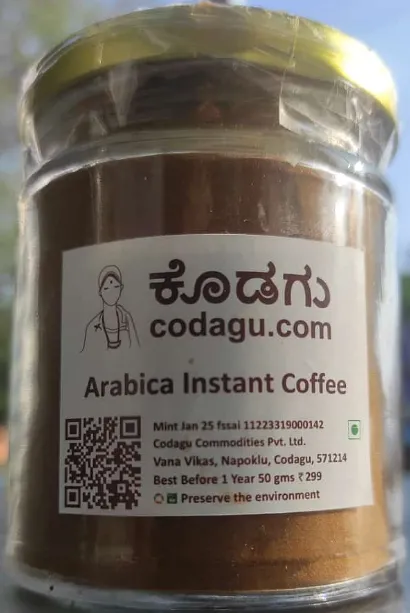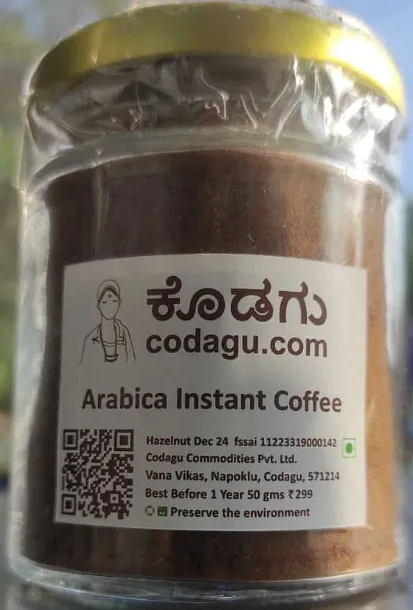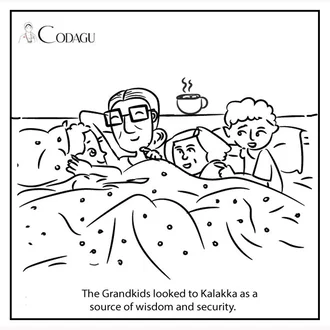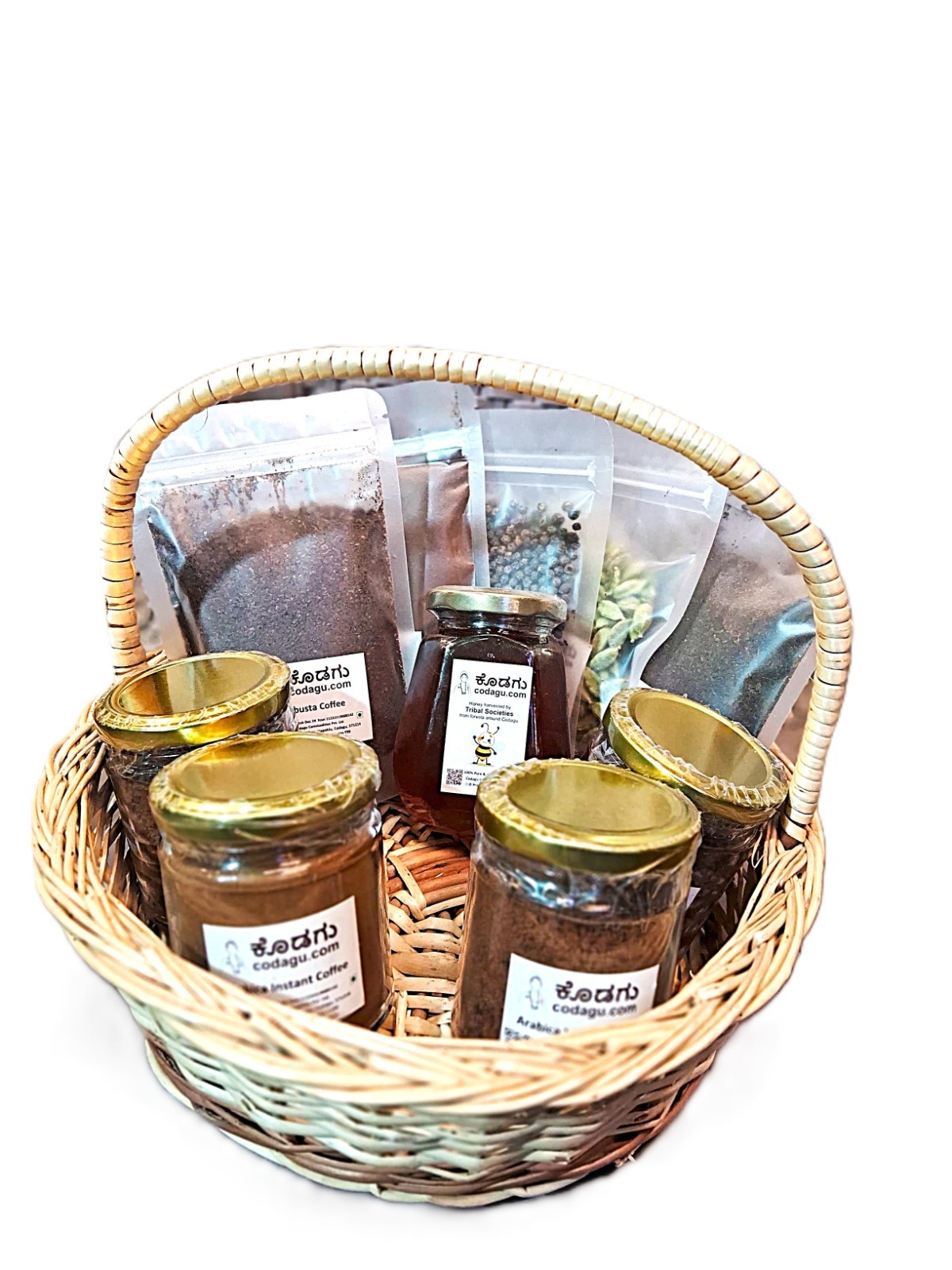The Pour Makes the Brew: How Your Coffee Pour Impacts Strength and Flavor
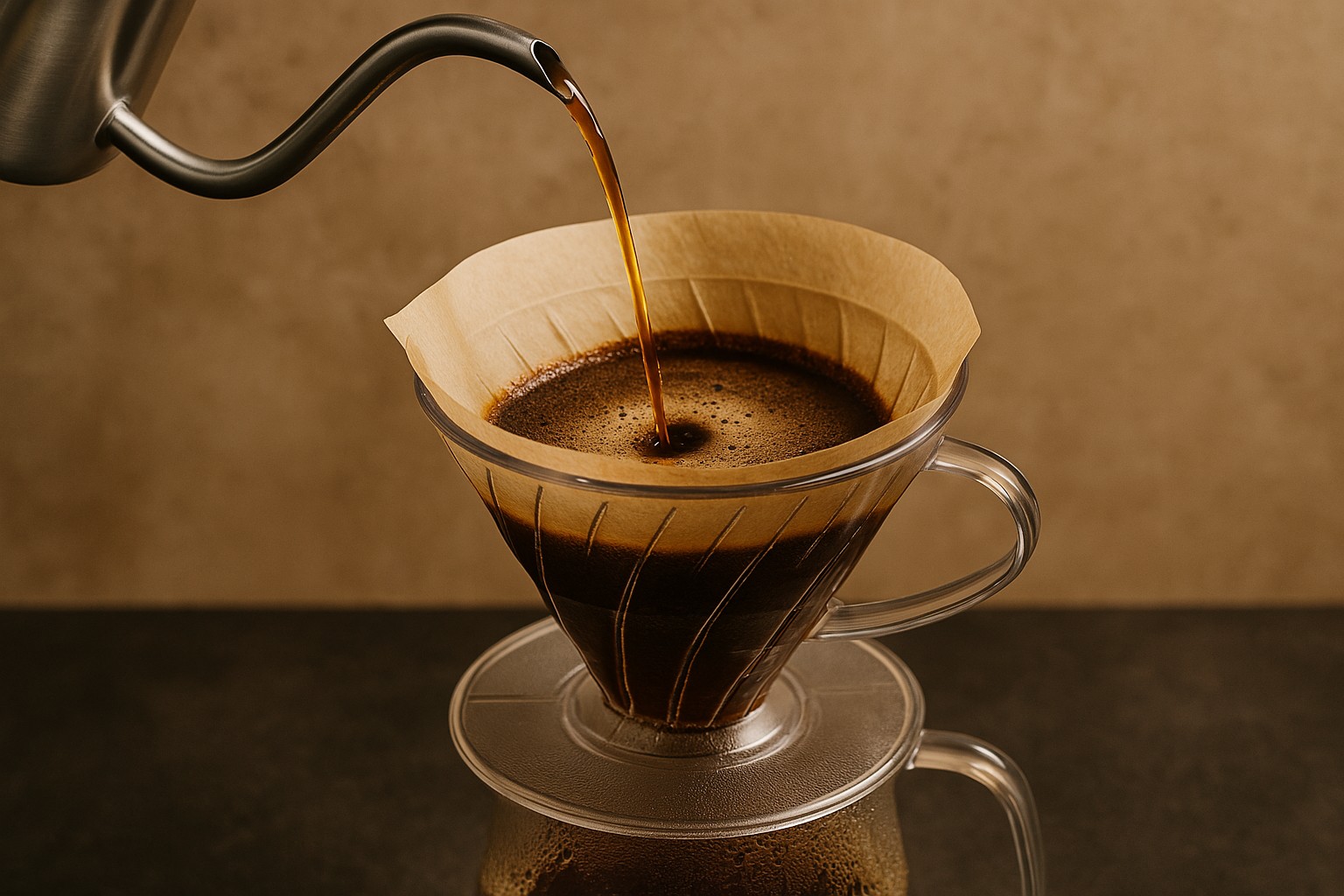
When it comes to brewing coffee, many factors shape the final cup the grind size, water temperature, and beans all play key roles. However, one often overlooked element is how you actually pour the water over the grounds. The pour style its speed, pattern, and consistency can dramatically affect the strength and flavor of your coffee.
A slow, controlled pour, often used in pour-over methods like the Chemex or V60, allows for even extraction, letting the water saturate all the coffee grounds uniformly. This gentle approach typically brings out more nuanced flavors, resulting in a balanced and smooth cup with noticeable clarity. On the other hand, a fast or uneven pour can cause under-extraction or over-extraction, leading to bitterness or a weak, watery taste.
The spiral motion often recommended by baristas is more than just a technique for show; it helps control the flow rate and ensures that the coffee bed is evenly saturated. Pouring in circles from the center outward and then back in again gives water time to interact with all the grounds evenly, optimizing flavor extraction. A simple change in this pattern can tilt the flavor balance toward sourness or bitterness, depending on where the water lingers the most.
Additionally, the total pour time influences how much of the coffee’s soluble compounds are extracted. A longer pour time generally means a stronger brew with more body, while a quick pour may lead to a lighter cup with more acidity. Even the height from which you pour plays a part. Pouring from higher up can agitate the grounds more and speed up extraction, while a lower pour is gentler and can yield a cleaner taste.
In essence, how you pour your coffee is as important as what coffee you use. It’s a subtle art that, once mastered, unlocks an entirely new dimension of flavor. So the next time you brew, pay attention to your pour it might just be the missing piece to your perfect cup.

